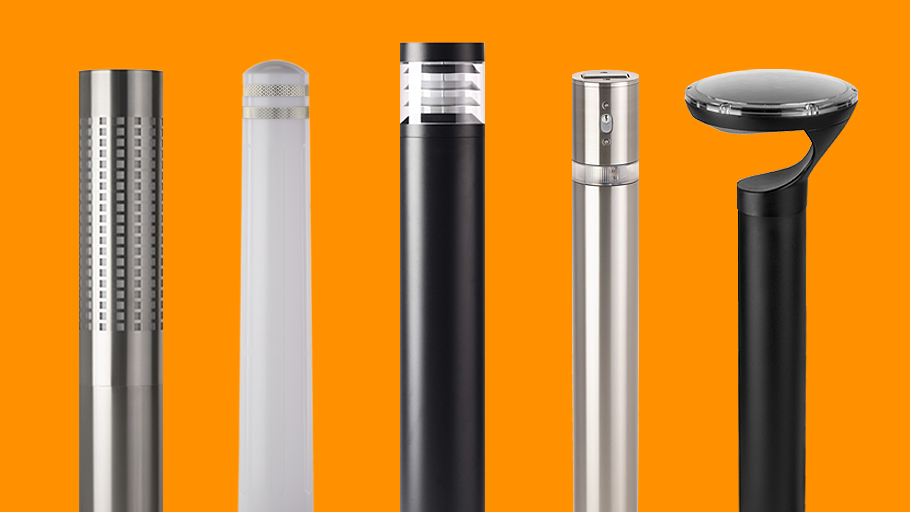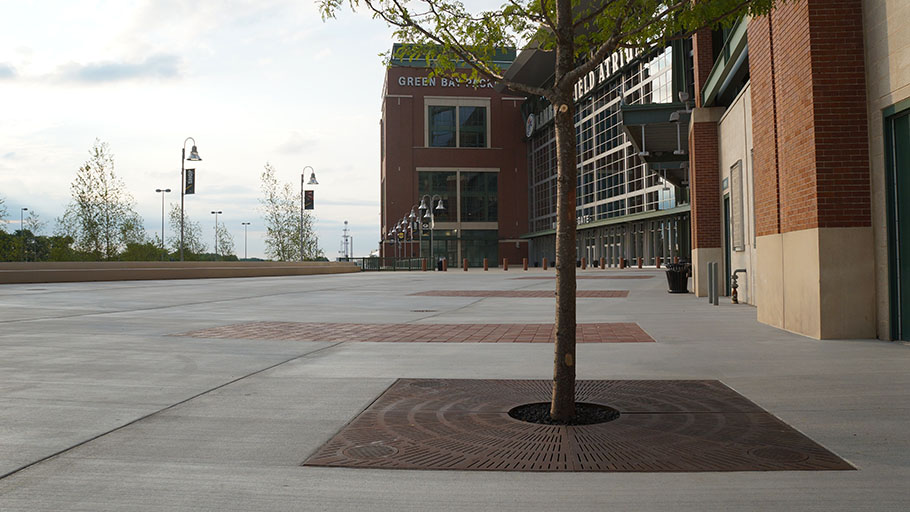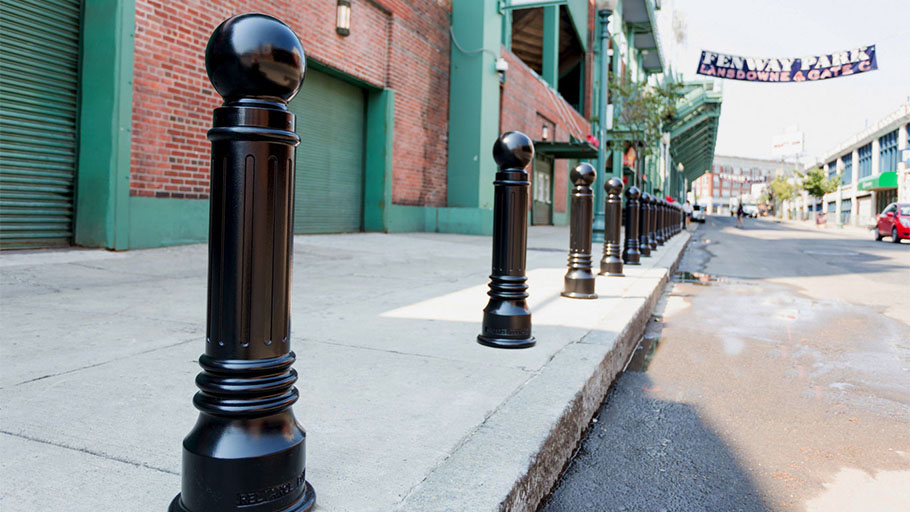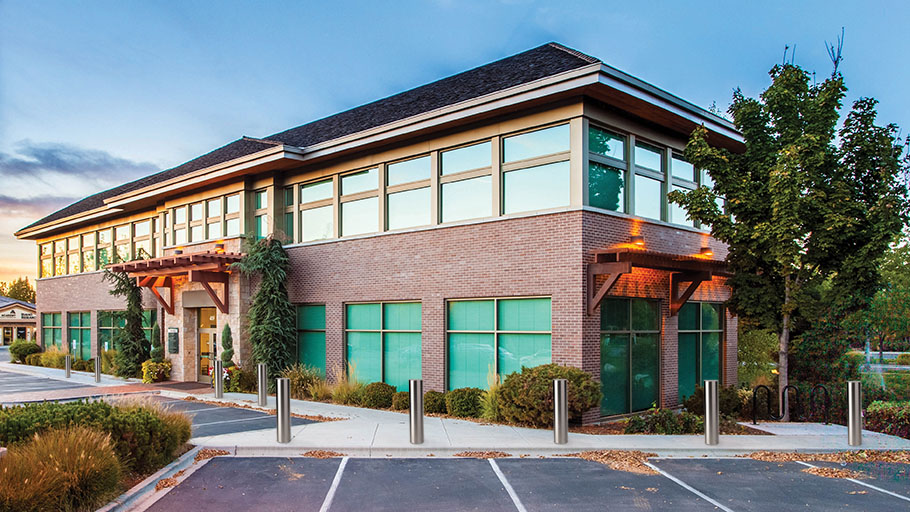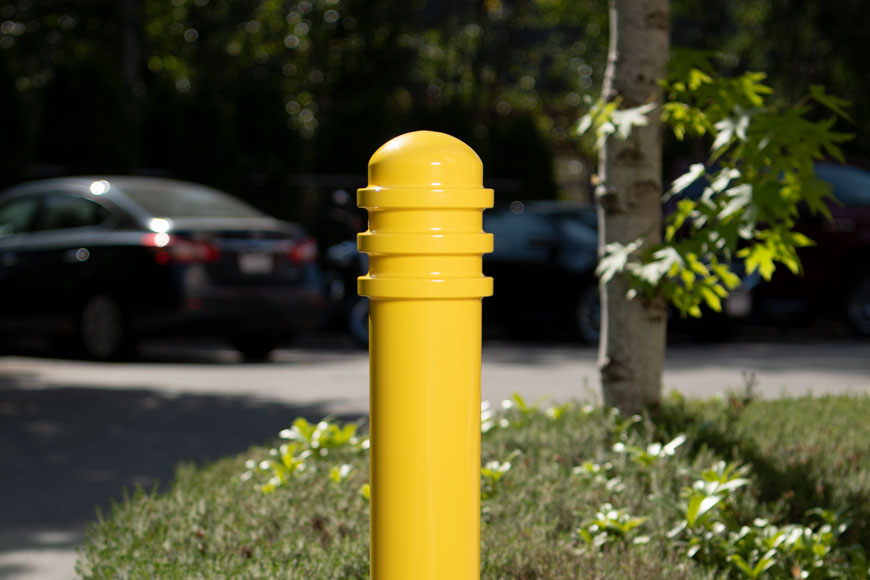Effectively Combating Light Pollution

Light pollution is an escalating environmental issue that affects not just our ability to admire the night sky, but also has profound impacts on ecosystems and human health. In this piece, we delve into the role of Dark Sky compliant bollards and Dark Sky path lighting in mitigating this issue. These solutions offer a sustainable approach to reduce light pollution in urban and architectural settings, providing essential illumination while preserving the night sky.
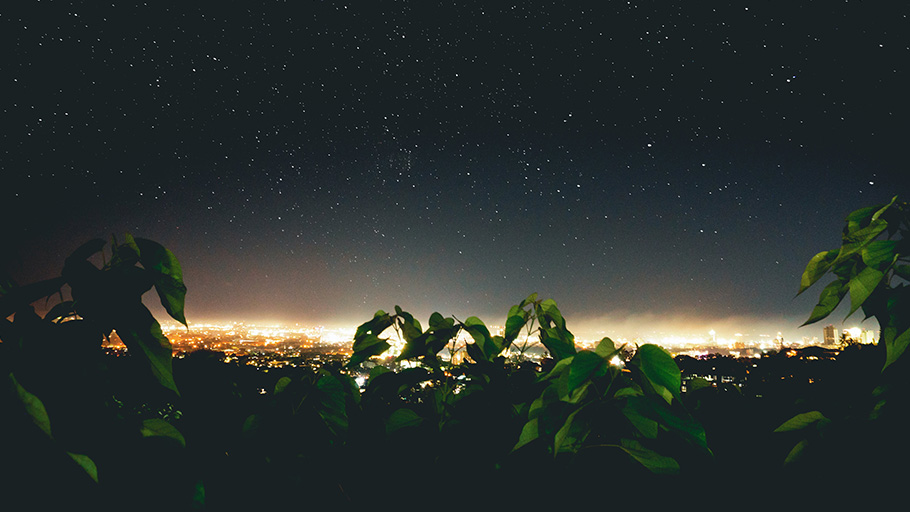
Understanding Light Pollution
Light pollution is caused by the occurrence of excessive, misdirected, or intrusive artificial light. It’s more than just losing our view of the stars; light pollution disrupts wildlife behavior, alters natural ecosystems, and affects human circadian rhythms, potentially leading to health issues. The International Dark-Sky Association (IDA) plays a pivotal role in combating light pollution through advocating policy changes and endorsing responsible outdoor lighting practices. By understanding the ramifications of light pollution, we can better appreciate the need for solutions like Dark Skies-compliant lit bollards.
How Does Light Pollution Affect People and Wildlife?
Humans and animals have evolved to live in a world with a clear distinction between day and night. Artificial light disrupts this natural rhythm, leading to several health issues. For humans, this disruption can result in sleep disorders, depression, and even an increased risk for chronic illnesses like obesity and cancer. Wildlife faces similar challenges, with nocturnal animals experiencing changes in feeding, mating, and migration behaviors due to the artificial brightness of the night.
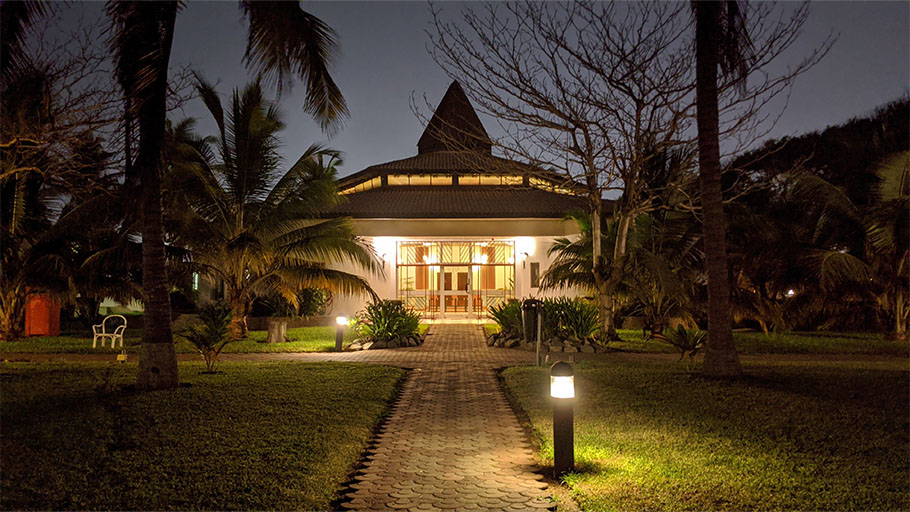
Mitigating Light Pollution
In urban settings, lit bollards play a crucial role in enhancing both safety and architectural aesthetics, contributing to a cohesive lighting design. These bollards, when thoughtfully designed, prioritize environmental sustainability, and aim to minimize light pollution.
Take the R-9815-FL, for example, a solar-powered bollard featuring motion detection, which conserves energy by dimming the lights in the absence of activity. This approach not only conserves energy but also limits the intensity of illumination. As a result, the bollard provides essential lighting without substantially adding to light pollution. Such advancements exemplify how urban planning can effectively merge sustainability with practical functionality.
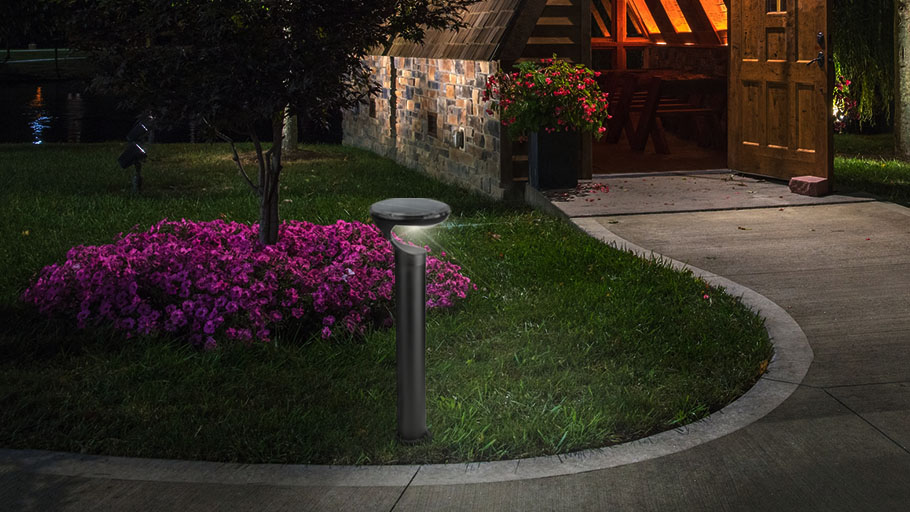
Balancing Illumination and Night Sky Preservation
Dark Sky compliance focuses on outdoor lighting guidelines that mitigate skyglow, glare, and light trespass, contributing to a healthier night environment.
Optimizing Lighting Design
Compliant lit bollards, such as the Solstice, employ fixture designs to effectively channel light downwards. This limits the upward and outward escape of light, diminishing skyglow and glare. To obtain Dark Sky certification, these bollards must ensure that less than 0.5% of the total light output strays above a 90-degree angle from the fixture. By doing so, they strike an optimal balance between providing essential ground illumination and preserving the clarity of the night sky.
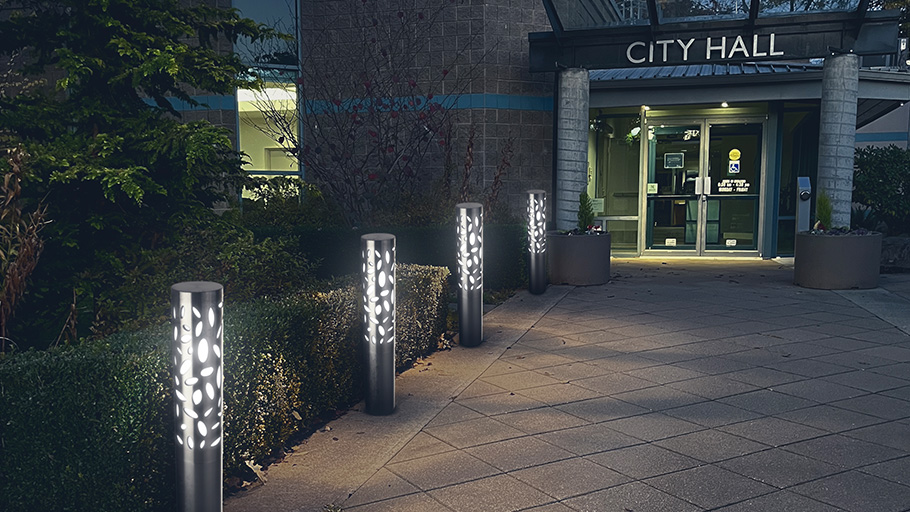
Lighting Technology
Transitioning to LED technology marks a significant step in sustainable urban lighting. LEDs offer energy efficiency and lower maintenance requirements. Beyond selecting energy-efficient fixtures, strategic bollard placement and careful consideration of intensity and color temperature are crucial. This ensures adequate lighting without over-illumination. Resources like the IDA’s database guide electrical contractors and designers in choosing fixtures that meet environmental and aesthetic requirements.
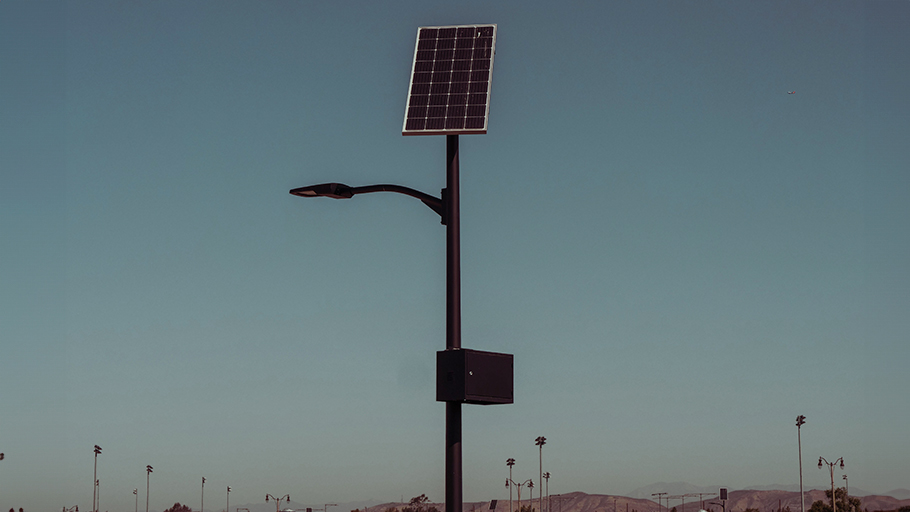
The Future of Sustainable Lighting
The lighting industry is at the forefront of an environmental revolution, consistently innovating to reduce its ecological footprint. A significant part of this evolution involves the development of warmer, dark-sky-friendly LED lighting. Advanced control systems now enable dimming during periods of low traffic, further decreasing both energy use and light pollution.
In this context, lit bollards, particularly those adhering to Dark Skies guidelines, emerge as key players in mitigating light pollution. Their adoption is more than a lighting solution—it’s a commitment to preserving the natural night environment. By integrating these sustainable practices, we not only enhance the aesthetic appeal of our urban landscapes but also champion ecological consciousness. It’s a step towards harmonizing our urban spaces with the natural world, promoting a healthier, more vibrant environment for all.

